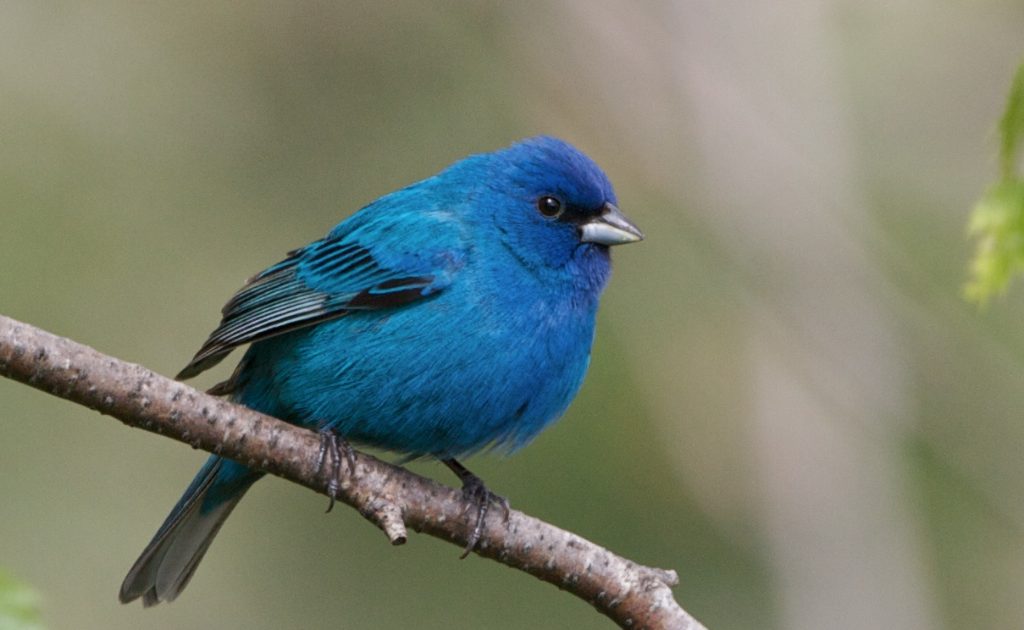
Indigo Buntings, like most songbirds, migrate at night and rely in part on the stars to navigate. Photo: Carol L. Edwards

Interior Lighting
Exterior Lighting

For further information
- City of Toronto’s Best Practices for Effective Lighting.


Indigo Buntings, like most songbirds, migrate at night and rely in part on the stars to navigate. Photo: Carol L. Edwards

